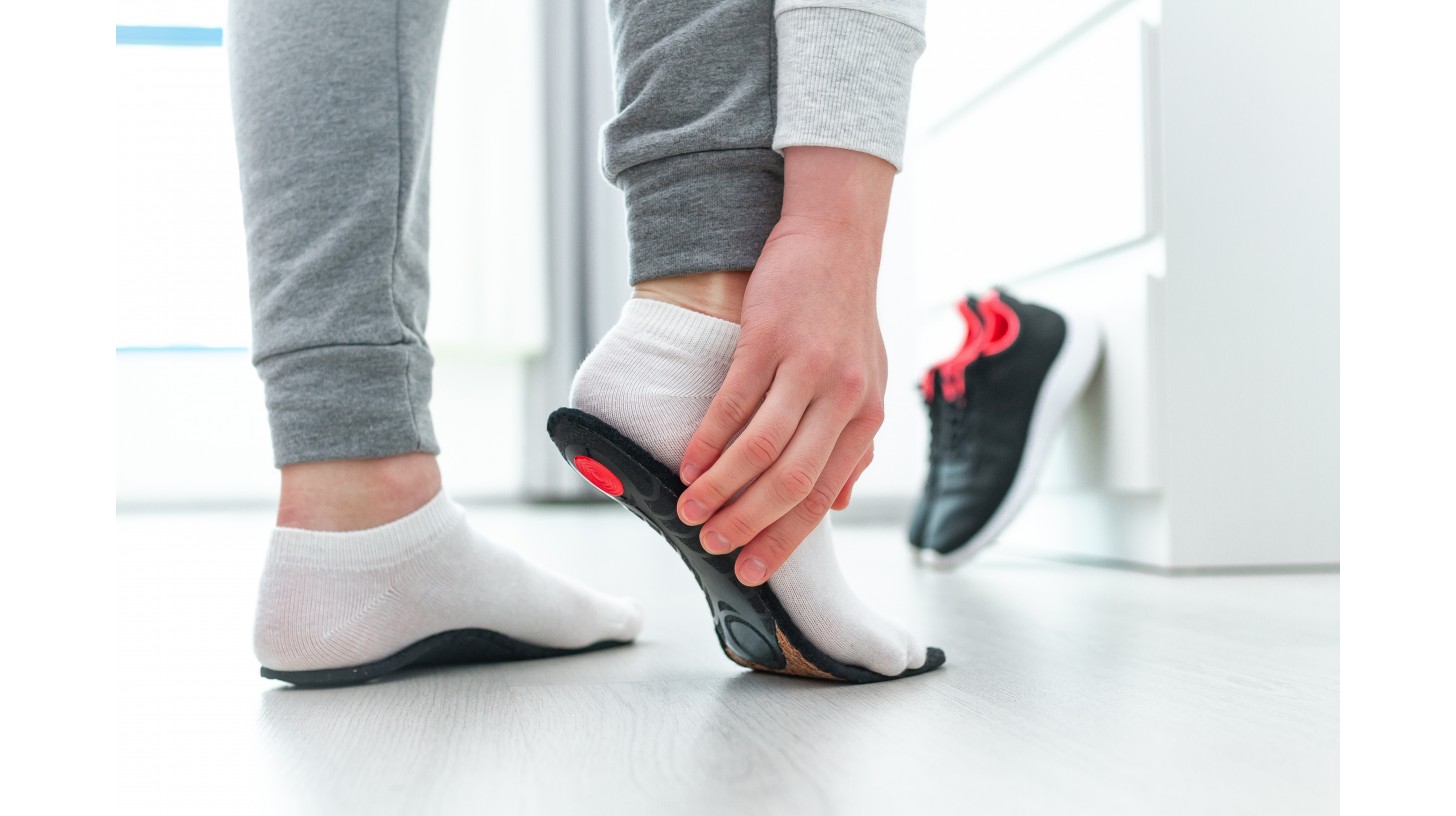How Arch Support Impacts Walking Comfort
Arch support plays a vital role in foot health, walking comfort, and overall body alignment. Whether you walk for leisure, stand all day at work, or lead an active lifestyle, the right support under your arches can make a remarkable difference. This guide explores why arch support matters, how it affects walking comfort, and how to choose the right support for your feet.
What Is Arch Support and Why Does It Matter?
Arch support refers to the structural reinforcement provided to the natural curvature of your foot. This support is typically delivered through insoles or orthotic inserts and is essential for maintaining good posture, reducing foot fatigue, and preventing common foot problems. Without it, the arches may collapse or strain, leading to discomfort, misalignment, or chronic conditions.
Good arch support helps distribute pressure evenly across the foot, supports the heel and ball, and contributes to joint alignment through the knees, hips, and lower back.
The Benefits of Arch Support
A well-designed arch support can relieve pain, correct posture, and even prevent injury. Here are key benefits:
- Even weight distribution to reduce stress on the heel and forefoot
- Support for joint alignment to help knees, hips, and back
- Relief from conditions like plantar fasciitis, heel spurs, or Morton’s neuroma
- Increased walking endurance and improved balance
For many, the simple addition of a supportive insole can transform everyday comfort.
How Arch Support Enhances Walking Comfort
When your arches are supported, your entire foot moves more efficiently. Arch support fills the natural gap beneath your arch, stabilizing your foot as you walk. This improves balance and posture while reducing strain on surrounding muscles and joints.
With proper support, you’re less likely to develop common issues like over-pronation (inward rolling) or under-pronation (outward rolling), both of which can cause foot fatigue or injury. The result is smoother movement and reduced effort throughout the day.
Know Your Arch Type
There are three main types of foot arches:
- Normal arches: naturally curved and balanced. Most people fall into this category.
- Flat feet (low arches): less curvature, prone to over-pronation and fatigue.
- High arches: very pronounced arch, often causing pressure at the heel and toes.
Which Support Fits Which Arch?
- Normal arches: Moderate support from stability shoes or insoles
- Flat feet: Firm support, such as motion control shoes or custom orthotics
- High arches: Cushioned support to absorb impact and reduce pressure
Identifying your arch type is the first step to finding the right product.
Types of Arch Supports
Not all arch supports are created equal. Here’s a breakdown of the main types:
- Custom orthotics: Molded specifically to your foot, ideal for specific medical needs or unique foot shapes.
- Over-the-counter insoles: Pre-molded and affordable, good for general support.
- Rigid insoles: Made from firm materials, designed for conditions like plantar fasciitis or fallen arches.
Each type has a place depending on your lifestyle, budget, and condition.
Materials That Make a Difference
The material of an insole affects its durability, flexibility, and level of support.
Choose a material based on your arch type, level of activity, and comfort preferences.
The Impact of Footwear on Arch Support
Even the best arch support won’t work in the wrong shoe. Footwear with narrow toe boxes or elevated heels can reduce the effectiveness of insoles. On the other hand, shoes with wide toe boxes, firm heel counters, and a low heel-to-toe drop allow the foot to function more naturally and accommodate arch supports properly.
- Stability shoes: Best for normal arches or moderate pronation
- Motion control shoes: Designed for flat feet or over-pronation
Always consider shoe design when shopping for inserts.
Foot Conditions That Benefit from Arch Support
Arch supports can relieve or prevent several common foot conditions, including:
- Plantar fasciitis
- Arch pain and heel pain
- Over-pronation or supination
- Heel spurs
- Morton’s Neuroma
They can also help correct posture, reduce muscle fatigue, and improve day-to-day mobility; all without medication or surgery.
Athletic Benefits and Injury Prevention
For athletes, proper arch support offers multiple performance advantages:
- Enhances balance and joint alignment
- Improves energy return while walking or running
- Prevents repetitive strain injuries
The arch functions like a spring, storing and returning energy. Supporting this function through well-fitted insoles or shoes increases efficiency and reduces injury risk, essential for athletes and active individuals alike.
The Cost of Comfort: Market and Investment
The global athletic footwear market is worth over $80 billion; a reflection of how much consumers value performance and comfort.
- Custom orthotics: High up-front cost but ideal for long-term health or chronic conditions
- Over-the-counter insoles: More affordable and widely accessible
Investing in quality arch support can prevent costly medical treatment later and significantly improve comfort today.
Comparing Your Options
Consider your foot type, symptoms, activity level, and budget when choosing between these options.
Proper Fit Is Key
An arch support only works if it’s placed and sized correctly. It should match your arch height and length and sit securely in your shoe without sliding. A poorly fitted insole can cause new problems instead of solving old ones.
If unsure, consult with a podiatrist or pedorthist to ensure optimal placement.
Final Thoughts
Arch support is more than a comfort feature, it’s a foundation for movement. Whether you're trying to relieve foot pain, increase walking endurance, or boost athletic performance, the right arch support can make all the difference. With a small investment in proper footwear and insoles, you can enjoy better posture, fewer aches, and greater mobility each day.

